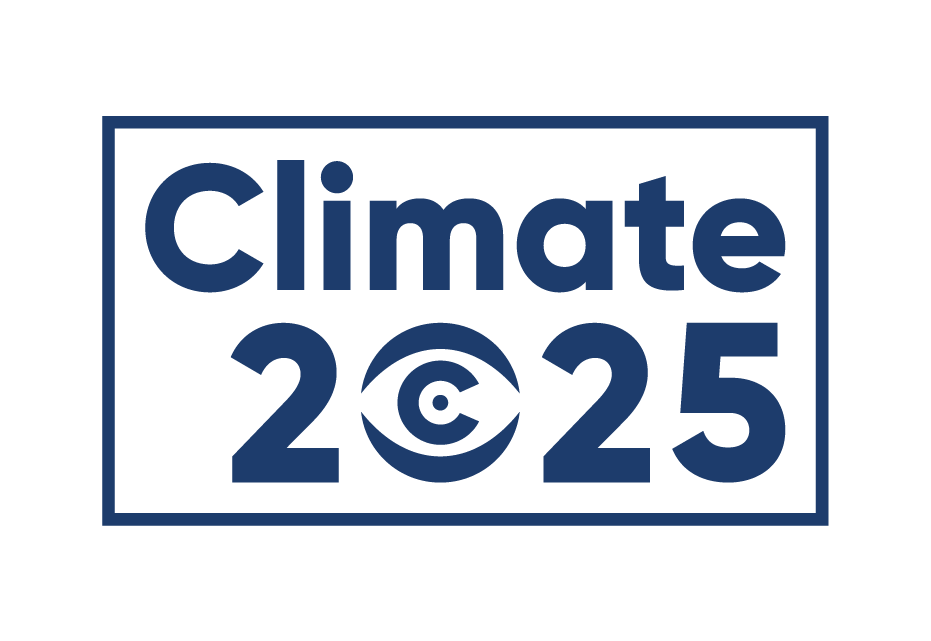Before partnering
Clarify Your Vision and Purpose
As a Movement, one of your important early activities is the co-creation of a clear and compelling vision internally before you seek alignment with external stakeholders and partners. Having a shared vision provides everyone in the Movement with a clear and shared direction, improving transparency, clarity, and reducing confusion later on. Once your vision and purpose are defined, it is possible to engage partners based on shared or related goals and objectives.
Climate2025 has the resources and tools to help you define your vision, purpose and ToC so this is not covered here, read more here.
Understand Your Capacities and Capabilities
Another step you’ll need to take prior to partnering is to visualise your own capacities and capabilities against the activities set out in your Theory of Change. This highlights any gaps in your capacity so you can be more targeted in partnership outreach to support identified areas.
Tool 1: Capacity and Capability Self-assessment, provides a simple, generic checklist of capacities and capabilities that will likely be important to achieving your goals. The tool can be adapted to fit your movement. The capacities and capabilities are grouped under the following headings:
People
Physical resources
Communication platforms and products
Knowledge management
Networks and contacts
Thematic expertise
Once you have completed Tool 1, you can decide what to prioritise in terms of outreach to your stakeholders to fill these gaps.
Map Your Stakeholders and Partners
A stakeholder map provides a visual representation of the people, groups, and organisations of relevance to your Movement. You may already know who your significant potential partners are. If this is the case, please jump to Developing a Partnering Protocol below.
Stakeholder mapping is an internal collaborative process that involves research, analysis, debate and discussion, and draws from multiple perspectives within the team to determine a key list of stakeholders across your entire stakeholder spectrum. The mapping can be broken down into three phases:
It is a good idea to periodically add to this map as your Movement grows and you discover more relevant stakeholders. It is an especially good activity to carry out with a new partner to learn from one another about the space and discover new players.
Figure 3: The Three Phases of Stakeholder Mapping
Tool 2: Creating a Stakeholder Map, is focused on helping you to identify external stakeholders that can:
Help you fill some of your capacity and capability gaps
With whom you may partner for greater impact
Develop a partnering protocol
Another useful activity prior to partnering is to think about your overall approach to working in partnership. Developing something called a Partnering Protocol will enable you to do this. This appears as Tool 3: Checklist for a Partnering Protocol in the Annex.
Being clear about your core values and partnering approach will assist you in having effective partnering conversations and identify like-minded individuals, organisations and other groups with whom to partner. Hildy Gottllieb, a well-known writer and practitioner in movement building, states in the Stanford Social Innovation Review that: “Movements begin with values. In successful movements, decisions and actions align with those values.”
A Partnering Protocol also includes a high-level description of the different kinds of added value (collaborative advantage) you’d like to generate from your partnerships, such as:
increasing scale, reach and impact;
creating collective legitimacy;
fostering the ability to amplify messages; shared learning; and
creating the opportunity to innovate due to the diversity of people and resources brought together by the partnership.
Some characteristics of a good Partnering Protocol are that it:
Provides guiding principles to help you assess and approve new partnerships, now and in the future; this will support consistency and efficiency in these decisions.
Is not fixed over the long term but reviewed at periodic intervals and/or as circumstances significantly change.
May have included partners in its to ensure agreement with its definitions and implementation.
Focuses on key principles and ‘rules’ for decision-making; it should not include detailed guidance for implementation of activities.
Your Partnering Protocol should be short and simple. It can be shared with potential partners so they know what to expect if they enter into a partnership with you. It is a precursor to developing a more detailed Partnership Agreement once you have entered into partnership with others.
Checklist for effective partnering
Everyone is clear about our vision and mission, i.e. the reason/s we’re working together
We all understand our intended activities (as defined in our Theory of Change)
We’ve had conversations to identify our potential stakeholders, including our significant impact partners
We have developed our Partnering Protocol and understand the added value we’d like to generate through working in partnership

